In two double blind trials, MTHF (at 400 mcg per day) outperformed equal amounts of folic acid (also at 400 mcg per day) for raising women's red cell MTHF levels. Surveys indicate less than half of all pregnancies in the U.S. are planned, making it prudent for any woman who could become pregnant to consume sufficient MTHF daily.
Another nutrient often strongly recommended during pregnancy is omega-3 DHA (DocosaHexaenoic Acid).27 A study with pregnant women found that those who supplemented with MTHF (400 mcg per day) along with DHA (500 mg per day, with 150 mg per day of EPA), from week 22 until delivery, developed higher levels of blood DHA than those who did not get MTHF.
MTHF Is Superior to Folic Acid For Folate Supplementation:
Unfortunately, as with the natural folates in foods, folic acid has no metabolic or other nutritional value unless converted into MTHF. The enzyme dihydrofolate reductase (DHFR) must do this conversion, though it is not fully adapted for this task since folic acid is hardly found in nature.
Studies with human DHFR show that its folic acid converting activity is weak and varies greatly between individuals. DHFR likely cannot convert more than 250 mcg per day of synthetic folic acid into MTHF. This level of folic acid intake is actually easy to surpass by consuming fortified foods and/or folic acid supplements,so that many people are carrying unconverted, metabolically useless synthetic folic acid in their tissues.
Recent surveys indicate more than one-third of older U.S. adults have unconverted folic acid in their blood. This poses several problems. First, folic acid can negatively interfere with the metabolism of natural folates. Second, folic acid in the blood can mask megaloblastic anemia, a clinical sign of vitamin B12 deficiency, whereas MTHF does not have this effect. Folic acid's masking of megaloblastic anemia may allow vitamin B12 deficiency to go undetected. Third, folic acid may inhibit natural killer cells, a class of immune cells that help eliminate other cells which have lost growth control.
Another liability of synthetic folic acid is that it is not an antioxidant. Folic acid is a highly oxidized molecule28 in contrast to MTHF which is a highly reduced molecule and a potent antioxidant. This single feature would strongly recommend MTHF over folic acid for human supplementation. Experts have suggested that one important role for MTHF may be to support the ability of skin to cope with "free radical" damage to its DNA by ultraviolet light.
Folate Deficiencies are Widespread:
Folate deficiency is the most prevalent vitamin deficiency worldwide.8 Besides its potentially crippling effects on the brain and on cell and tissue growth regulation, folate deficiency is linked to anemias,intestinal dysfunction, male fertility problems,pollen hypersensitivities, and bone thinning. Folate deficiency is also linked to blood buildup of homocysteine (HCy), which itself is linked to a plethora of other health problems.
Poor dietary folate intake is a common cause of folate deficiency, but intestinal or kidney dysfunctions,smoking, excessive alcohol consumption, oral contraceptive use, and various pharmaceuticals all deplete blood MTHF. Women who previously used certain oral contraceptives can have lower folate in the first trimester of their pregnancy, especially if they smoke.
Another contributor to widespread folate deficiencies is the commonly existing C677T variation in the folate enzyme MTHFR (methylenetetrahydrofolate reductase), which recycles methylenetetrahydrofolate to MTHF. This variation can cause the enzyme to lose well over half its capacity to make MTHF. The C677T variation exists in almost half of the individuals in some white populations, and is also common in some other ethnic groups, such as U.S. Hispanics and Puerto Ricans.41 Individuals carrying C677T invariably have low blood MTHF levels.
MTHF Deficiency Worsens the Homocysteine Threat:
Homocysteine is a highly reactive, free radical-type substance with proven toxic potential.3 It is a normal byproduct of methionine metabolism that can be routinely recycled to methionine using methyl drawn from MTHF. But when methyl is insufficient (as with MTHF deficiency), HCy is not recycled. HCy then accumulates in the blood and other tissues. Therefore, maintenance of HCy levels-through consistent recycling via MTHF-is an important factor supporting cardiovascular health.
Homocysteine levels also typically rise with age.3 In several studies with aging subjects, including one that lasted three years, high HCy was correlated with low MTHF status and with the health of blood vessels that supply the brain. Supplementation with MTHF can lower elevated HCy, thereby supporting brain circulation and cognitive function. A 2009 double blind trial examining the leg circulation compared MTHF versus folic acid (both taken at 400 mcg per day).29 MTHF improved pulse wave velocity (PWV), a measure of arterial health, better than did folic acid.
Everyone Can Benefit From Taking MTHF:
MTHF is the body's ultimate methyl resource. The human-identical, [6S]-form of MTHF in Best Fully Active Folate is more compatible with human biochemistry than other MTHF forms commercially available. It supplies ample amounts of methyl for the body's wide range of methyl group applications, helps keep homocysteine at safe levels, and avoids the myriad problems associated with consuming synthetic folic acid.
One capsule taken once a day between meals supplies 400 mcg of highly absorbable Quatrefolic** MTHF. Human studies indicate this daily intake will significantly improve MTHF status regardless of genetic variations in DHFR, MTHFR or other folate handling enzymes. Individuals with life challenges that severely deplete their MTHF stores may do better using higher intakes, under a physician's supervision.





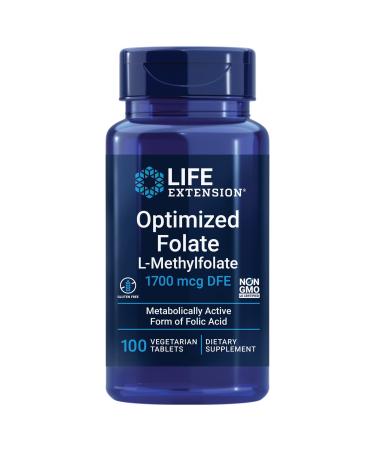

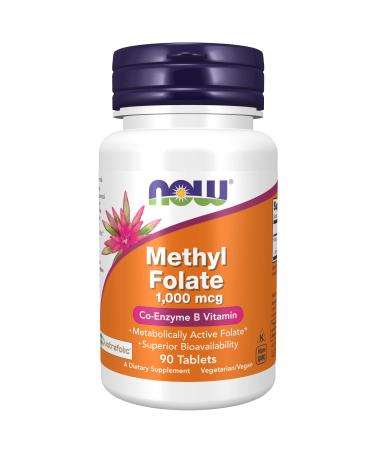


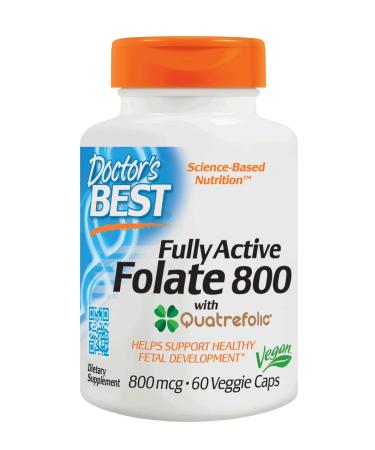




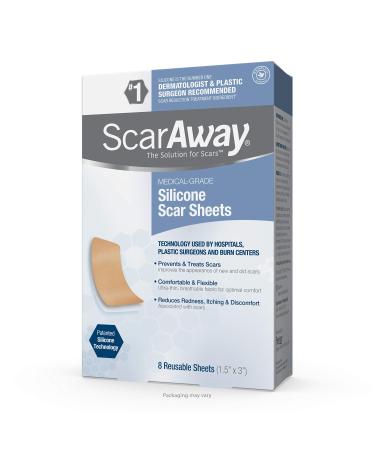
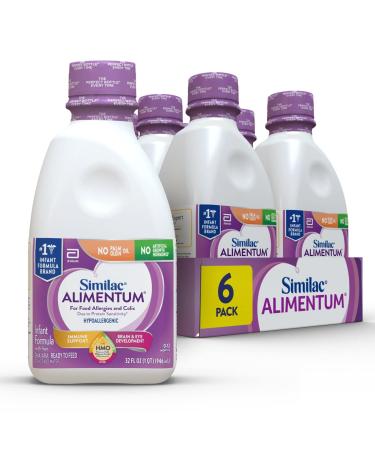
![Stewart Freeze Dried Dog Treats Made in USA [Single Ingredient Puppy and Dog Training Treats - Grain Free Natural Dog Treats] Resealable Tub to Preserve Freshness](https://www.gosupps.com/media/catalog/product/cache/25/small_image/375x450/9df78eab33525d08d6e5fb8d27136e95/6/1/61gwbbixarl._ac_sl1500_.jpg)



